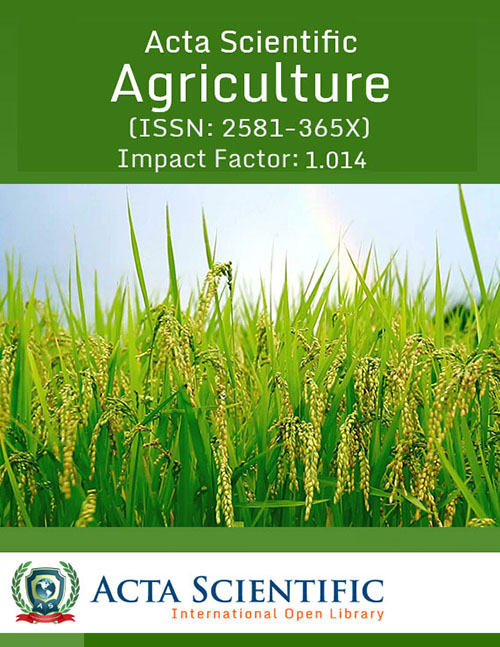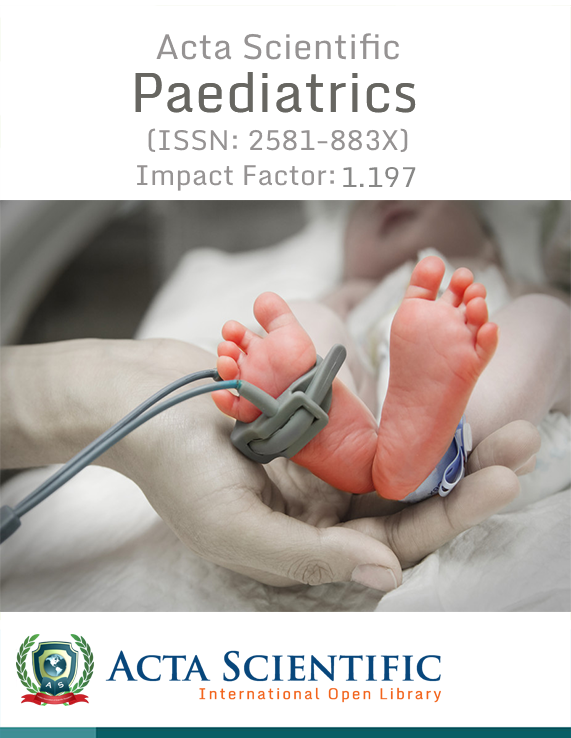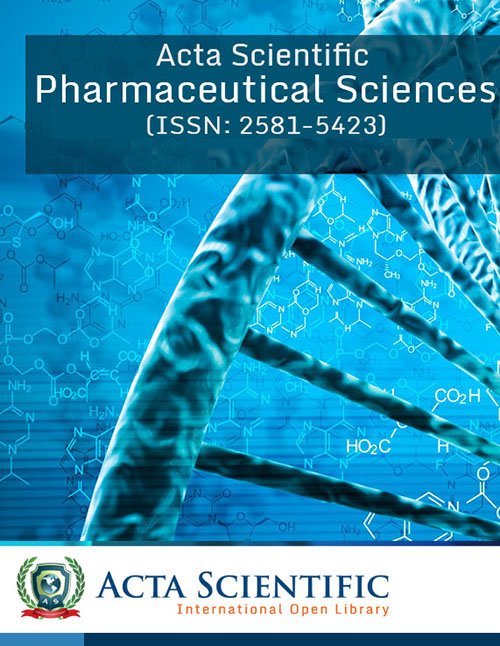Acta Scientific Agriculture (ASAG)(ISSN: 2581-365X)
Research Article Volume 9 Issue 2
HB Roghan1, I Sekar2*, K Sivakumar3, M Sivaprakash3 and M Tilak3
1PhD Scholar, Forest College and Research Institute, Tamil Nadu Agricultural University, Mettupalayam, Tamil Nadu, India
2Professor, Forest College and Research Institute, Tamil Nadu Agricultural University, Mettupalayam, Tamil Nadu, India
3Associate, Professor, Forest College and Research Institute, Tamil Nadu Agricultural University, Mettupalayam, Tamil Nadu, India
*Corresponding Author: I Sekar, Professor, Forest College and Research Institute, Tamil Nadu Agricultural University, Mettupalayam, Tamil Nadu, India.
Received: January 08, 2025; Published: January 20, 2025
Abstract
Simarouba glauca predominantly known for its role in oil seed production which is considered as a oil tree with versatile and multipurpose nature that holds immense potential in agroforestry and environmental conservation. Using shoot tips from seedlings grown on Murashige and Skoog (MS) media supplemented with different doses of cytokinins and auxins, the study explores the in vitro propagation of Simarouba glauca. The strongest culture response (80.75%) for shoot induction was obtained using MS media with 3.0 mg L⁻¹ 6-benzylaminopurine (BAP) and 2.0 mg L⁻¹ kinetin; on the other hand, the combination of 3.0 mg L⁻¹ BAP and 3.0 mg L⁻¹ kinetin produced the greatest number of shoots per explant (4.38). With an average of 4.68 roots per shoot and the best rooting effectiveness (34.50%), indole-3-butyric acid (IBA) at 2.0 mg L⁻¹ was the most effective auxin. The plantlets were successfully acclimatized in a controlled environment and are being transferred to the field. The findings demonstrate the potential for large-scale propagation of Simarouba glauca to enhance plantation establishment, ecological restoration, and rural livelihoods. This study aims to establish efficient in vitro propagation techniques for Simarouba glauca, focusing on direct organogenesis from nodal segments. The ultimate goal is to facilitate large-scale production of planting material to support widespread cultivation. By addressing propagation challenges, this research contributes to the development of sustainable Simarouba glauca plantations, enhancing ecological restoration, increasing oil production, and improving rural livelihoods.
Keywords: Simarouba Glauca; In Vitro Propagation; Ecological Restoration; Agroforestry
References
- Kumar A., et al. “CURRENT REVIEW ON BIOTECHNOLOGICAL AND PHARMACOLOGICAL INVESTIGATIONS OF SIMAROUBA GLAUCA-AN OIL YIELDING PLANT”. International Journal of Pharmacognosy2 (2014): 735-755.
- Chen MY., et al. “Genetic diversity and relationship analyses of mango (Mangifera indica L.) germplasm resources with ISSR, SRAP, CBDP and CEAP markers”. Scientia Horticulturae 301 (2022): 111146.
- Manasi PS and Gaikwad DK. “A critical review on medicinally important oil yielding plant laxmitaru (Simarouba glauca DC.)”. Journal of pharmaceutical Sciences and Research4 (2011): 1195.
- NAYAK CM., et al. “Physical and mechanical properties of simarouba nutlets and kernel”. The Bioscan 1 (2016): 223-240.
- Patra JK., et al. “Ethnopharmacology and biodiversity of medicinal plants”. CRC Press (2019).
- Selvi DS., et al. “REVIEW ON ISOLATION, IDENTIFICATION AND APPLICATIONS OF Simarouba glauca PLANT”. RASAYAN Journal of Chemistry (2020).
- Skoog F., et al. “Cytokinins: structure/activity relationships”. Phytochemistry9 (1967): 1169-1192. https://doi.org/10.1016/S0031-9422(00)86080-X
- Mertz D. “Hormonal control of root growth. https://doi.org/10.1093/oxfordjournals.pcp.a079158
- Sita GL., et al. “Triploid plants from endosperm cultures of sandalwood by experimental embryogenesis”. Plant Science Letters1 (1980): 63-69. https://doi.org/10.1016/0304-4211(80)90070-X
- Mascarenhas AF., et al. “Rapid clonal multiplication of mature forest trees through tissue culture. InPlant tissue culture 1982: proceedings, 5th International Congress of Plant Tissue and Cell Culture held at Tokyo and Lake Yamanake, Japan, July 11-16, 1982/edited by Akio Fujiwara 1982. Tokyo: Japanese Association for Plant Tissue Culture (1982).
- Skolmen RG and Mapes MO. “Acacia koa Gray plantlets from somatic callus tissue”. Journal of Heredity2 (1976): 114-115.
- Duhoux E and Davies D. “Shoot production from cotyledonary buds of Acacia albida and influence of sucrose on rhizogenesis”. Journal of Plant Physiology2 (1985): 175-180.
- Badji S., et al. “In vitro propagation of the gum arabic tree (Acacia Senegal (L.) Willd.) 1. Developing a rapid method for producing plants”. Plant Cell Reports 12 (1993): 629-633.
- Shanker S and Ram HM. “Plantlet regeneration from tissue cultures of Sesbania grandiflora”. Current Science 10 (1990): 39-43.
- Bhatnagar HP., et al. “Rooting of shoot cuttings of forest trees. InProc. Symposium of forest and forest based industries”. Dehradun (1968).
- Majumdar K., et al. “In vitro regeneration and multiplication of shoots in Albizia procera Benth.
- Devi YS., et al. “Rapid cloning of elite teak (Tectona grandis Linn.) by in vitro multiple shoot production”. Indian Journal of Experimental Biology 32 (2019): 668-671.
- Mathur N., et al. “Rapid in vitro multiplication of jujube through mature stem explants”. Plant cell, tissue and organ culture 43 (1995): 75-77.
Citation
Citation: I Sekar., et al. “Efficient In vitro Propagation Protocol for Simarouba glauca: Enhancing Agroforestry, Ecological Restoration, and Sustainable Rural Development". Acta Scientific Agriculture 9.2 (2025): 35-40.
Copyright
Copyright: © 2025 I Sekar., et al. This is an open-access article distributed under the terms of the Creative Commons Attribution License, which permits unrestricted use, distribution, and reproduction in any medium, provided the original author and source are credited.
Journal Menu
Metrics
News and Events
- Certification for Review
Acta Scientific certifies the Editors/reviewers for their review done towards the assigned articles of the respective journals.


















